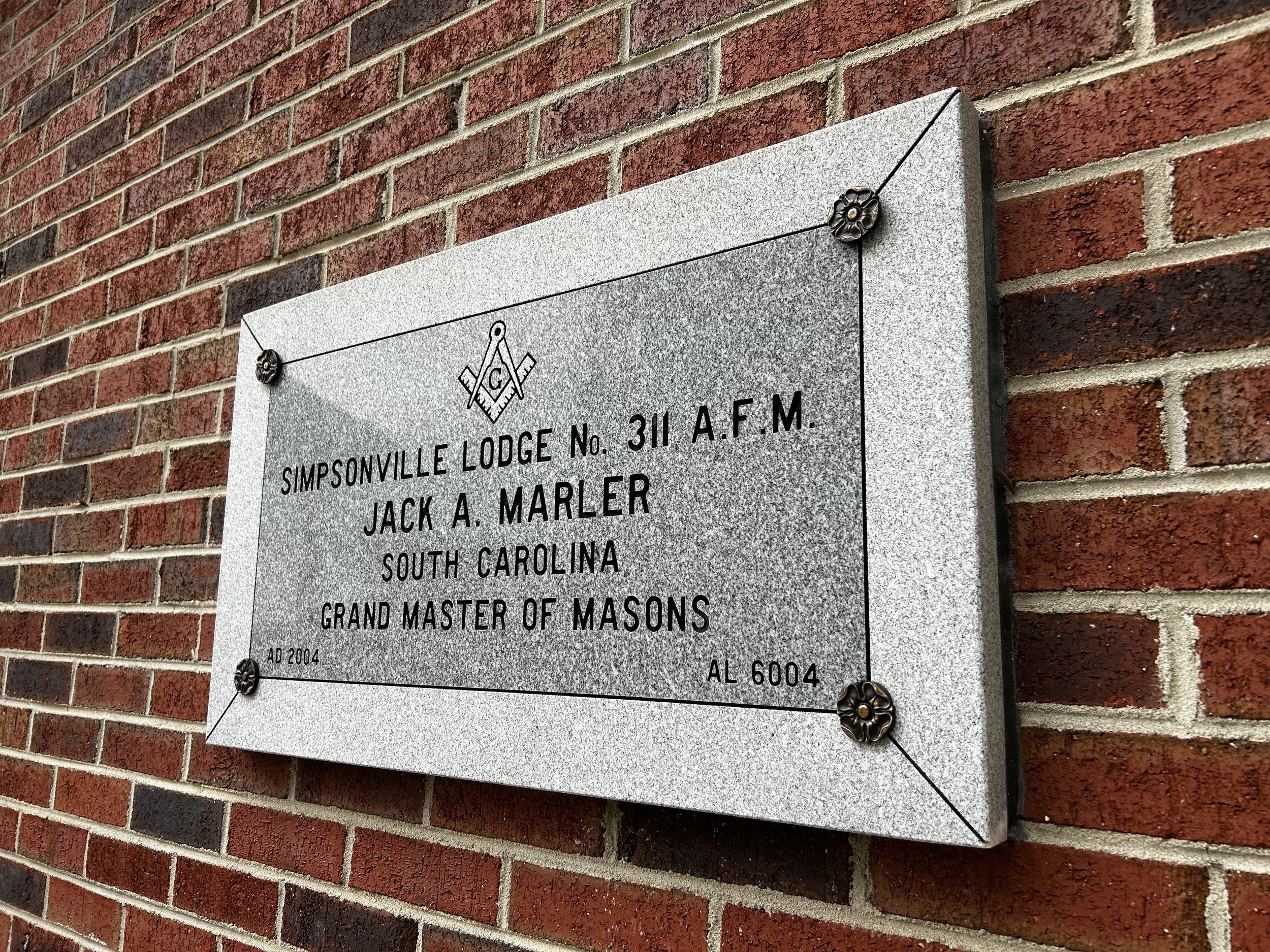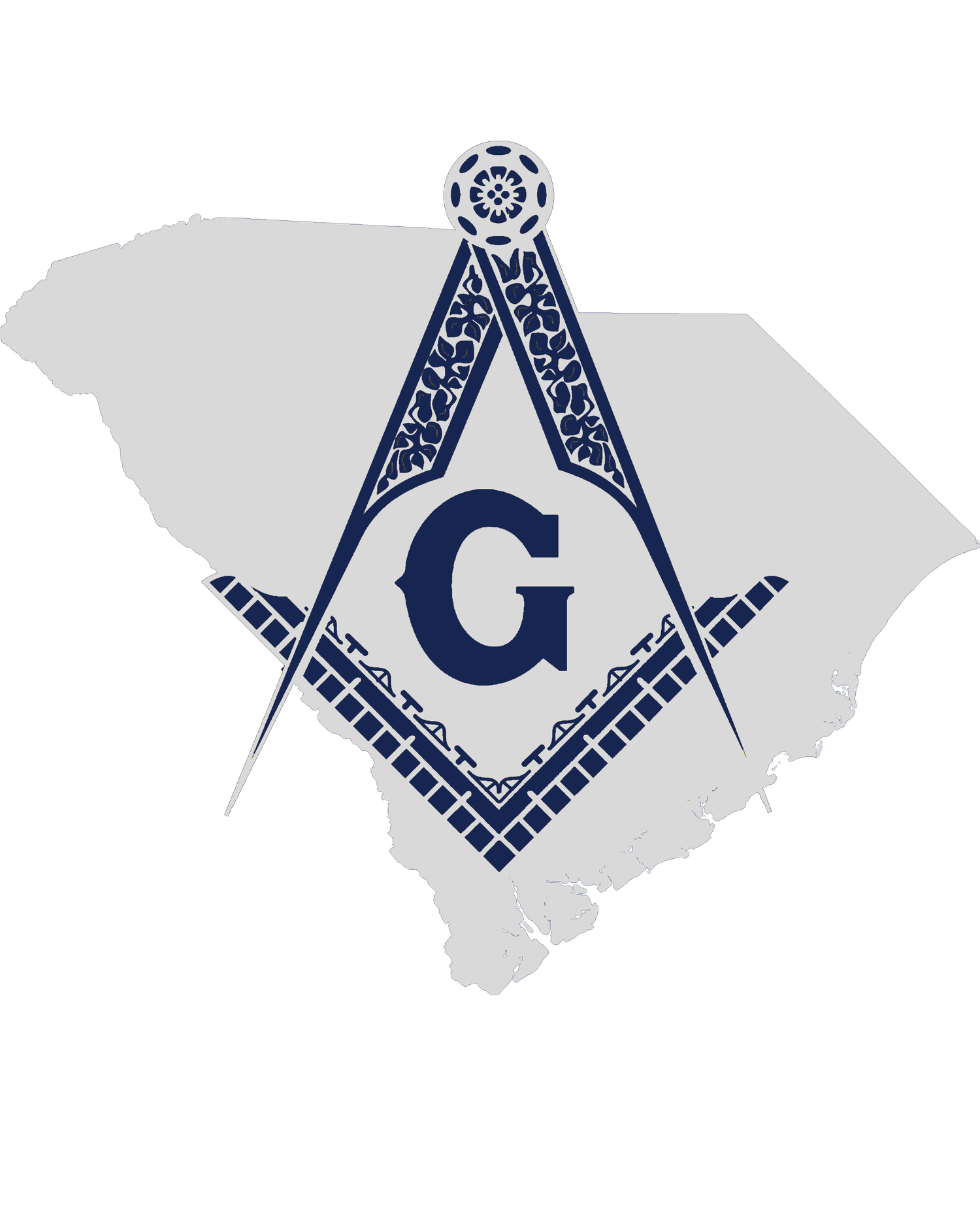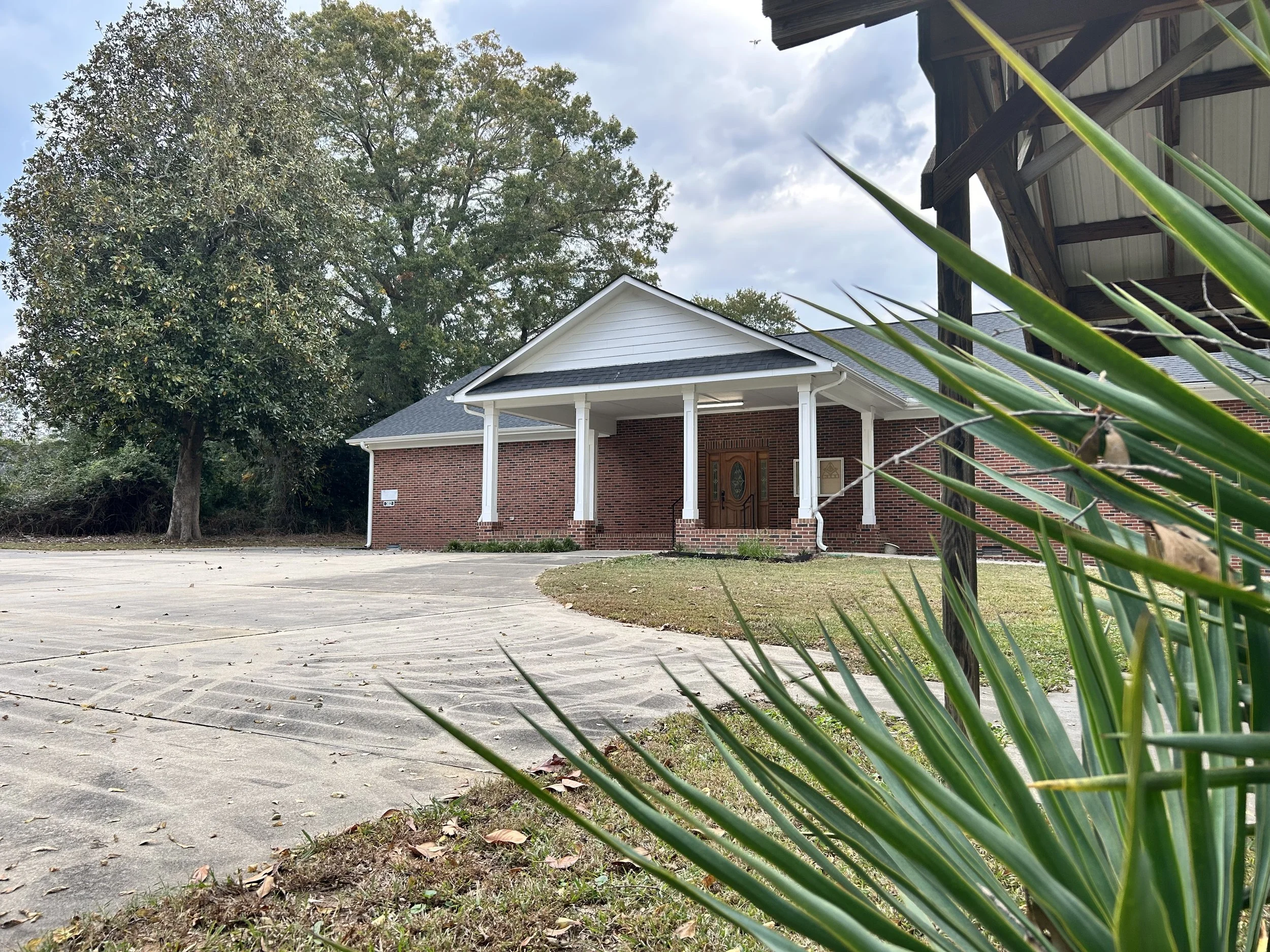
History of the Fraternity
History of Simpsonville Lodge No. 311
Simpsonville Lodge No. 311, Ancient Free Masons (AFM), was founded and originally chartered in 1915, reflecting the rich agricultural and textile heritage of Simpsonville. Its early membership consisted primarily of rural farmers, mill workers, and general laborers, all of whom contributed to the local economy.
The Great Depression severely impacted the livelihoods of the lodge’s members, leading to significant challenges. By the 1930s, Simpsonville Lodge No. 311 was among many lodges in South Carolina and across the United States that returned their charters to their respective Grand Lodges. The Grand Lodge of South Carolina accepted the lodge’s charter during this difficult period.
It wasn’t until after World War II that a group of ten dedicated Masons, led by Daniel Stogner, a local school principal, took the initiative to reclaim Simpsonville Lodge No. 311. In 1947, their efforts revitalized the lodge, which had met in various locations throughout Simpsonville, including Academy St., Church St., and Main St.
In the late 1990s, two Masons, Lee Alford Vaughn and Weldon Vaughn, recognized the need for a permanent home for the lodge. Their vision came to fruition with the establishment of the L. Alford Vaughn Masonic Temple, the current location of Simpsonville Lodge No. 311.
In 2021, a fire broke out in the attic of the L. Alford Vaughn Masonic Temple. Thankfully, no one, including first responders, was injured. From this adversity, Simpsonville Lodge No. 311 emerged stronger, with a renewed commitment to its mission and a vibrant future ahead. The lodge continues to be a welcoming space for men seeking fellowship and the timeless values of Freemasonry.
History of Grand Lodge of South Carolina
Freemasonry in South Carolina began in the early 18th century, with Solomon’s Lodge No. 1, established in 1736 in Charleston. This lodge, chartered under the Grand Lodge of England, was pivotal in laying the foundation for Masonic activities in the state.
In 1786, South Carolina formalized its Masonic governance by creating its own Grand Lodge, one of the earliest in the United States. This development allowed for greater coordination among lodges and the promotion of Masonic values across the state.
During the 19th century, Freemasonry gained popularity, particularly after the Civil War, as lodges became involved in charitable initiatives and community support. The fraternity contributed significantly to education, public health, and disaster relief efforts.
Today, Freemasonry in South Carolina continues to thrive, with numerous lodges dedicated to the principles of brotherhood, charity, and moral integrity, maintaining a strong commitment to community service and fellowship.
History of Freemasonry in America
Freemasonry traces its roots to the medieval guilds of stonemasons in Europe, evolving into a social and fraternal organization in the early 18th century. The first Masonic lodge in America was established in 1730 in Boston, Massachusetts, and the first chartered lodge, known as St. John's Lodge, was formed in 1733. During the American Revolution, many Founding Fathers, including George Washington and Benjamin Franklin, were Freemasons, and the fraternity played a crucial role in promoting ideals of liberty and democracy. The first Grand Lodge in the U.S. was established in Pennsylvania in 1786, leading to the formation of many state Grand Lodges as Freemasonry expanded across the country.
Freemasonry gained immense popularity in the 19th century, becoming a significant part of American culture. By the mid-1800s, hundreds of lodges were established nationwide. During the Civil War, Masonic ties often transcended regional divides, with brothers from opposing sides maintaining their connections. However, the fraternity faced challenges during the 1820s with the rise of an anti-Masonic movement, which fueled fears of secrecy and elitism, resulting in a decline in membership in some areas. Despite this setback, Freemasonry rebounded by focusing on community service, education, and philanthropy, establishing numerous charitable organizations.
In the modern era, Freemasonry has continued to adapt to changing societal norms and demographics. Throughout the 20th century, the fraternity remained active, with millions of members worldwide. In recent decades, many lodges have emphasized diversity and inclusion, welcoming members from various backgrounds. Today, Freemasonry continues to uphold its core values of brotherhood, charity, and moral uprightness, contributing to communities through various philanthropic efforts.



